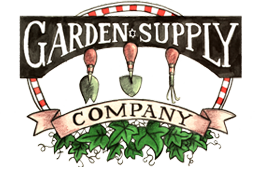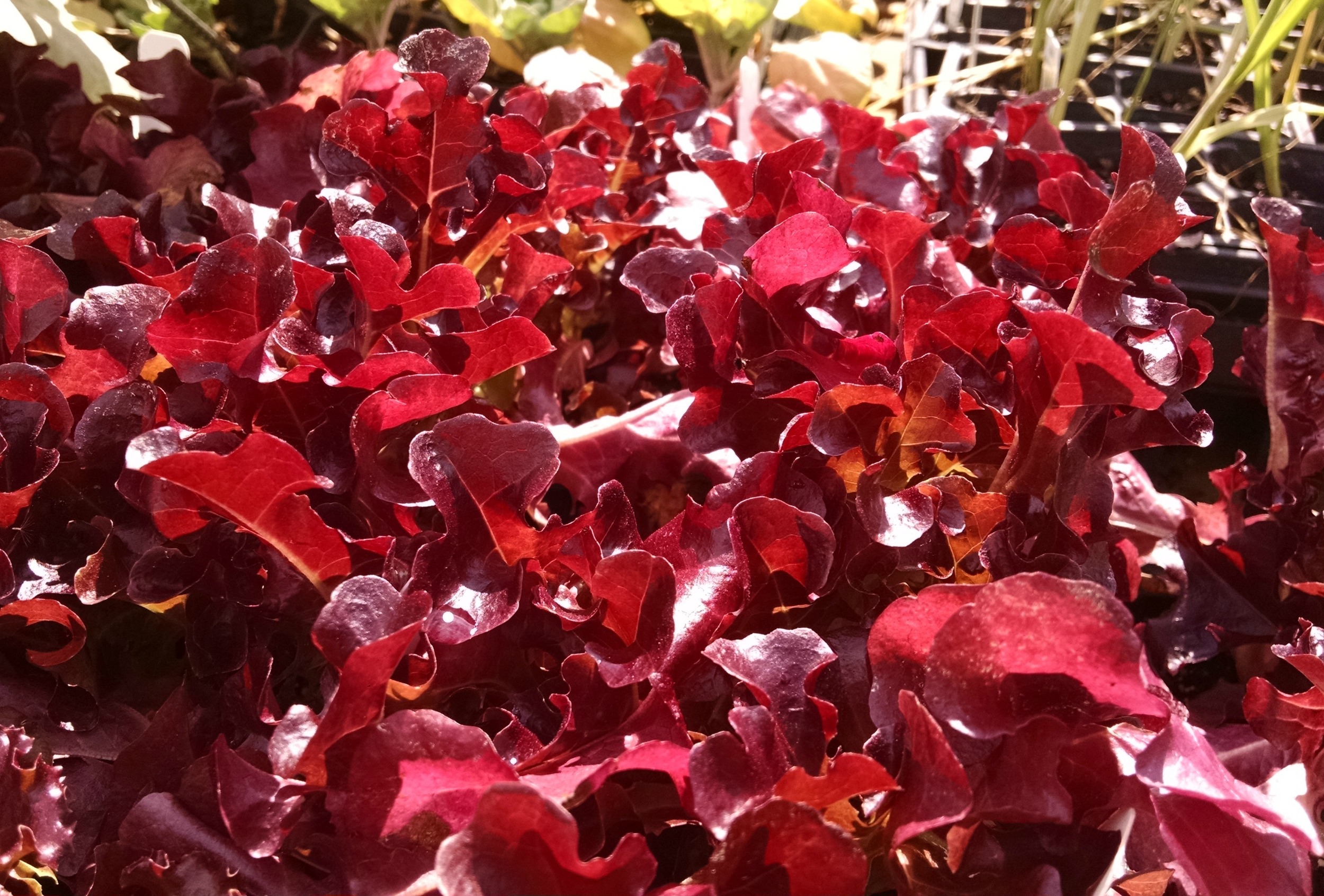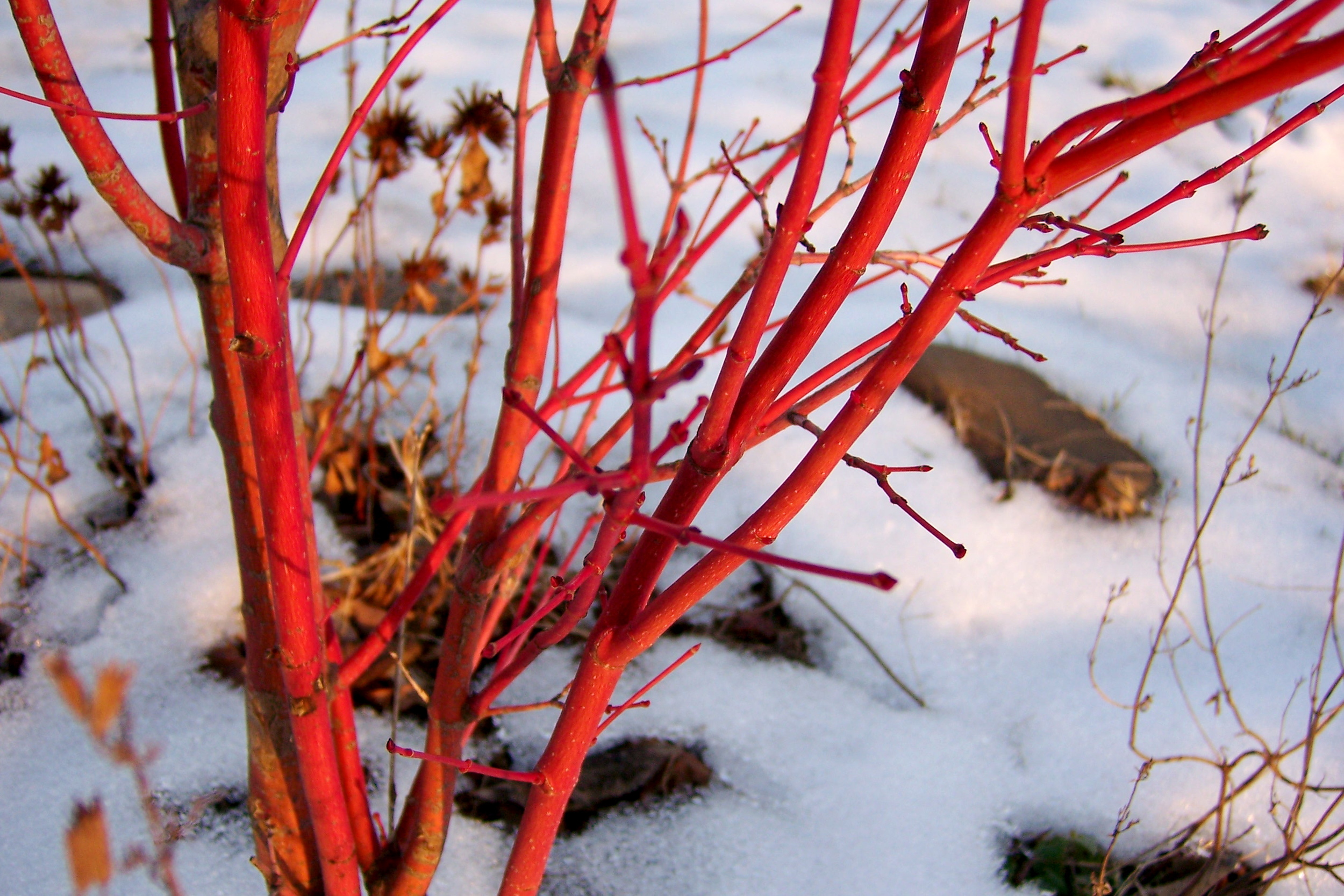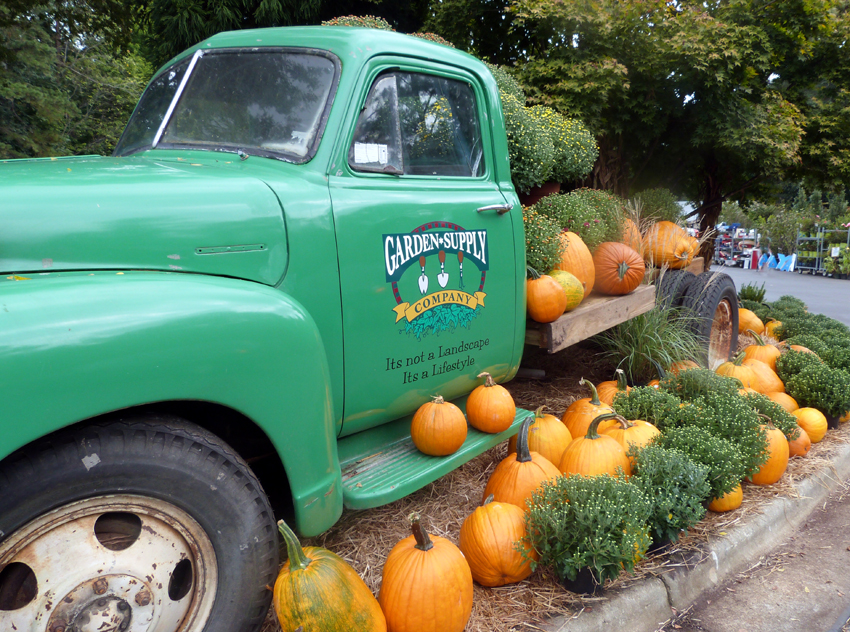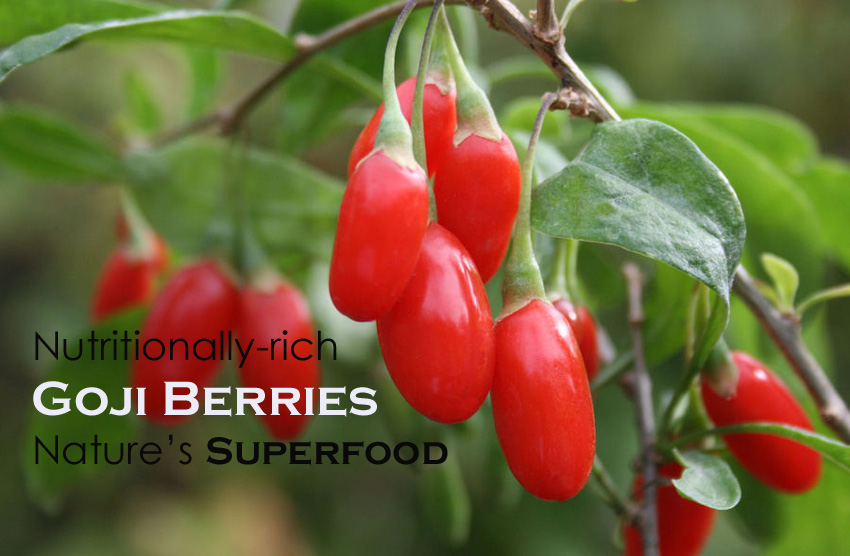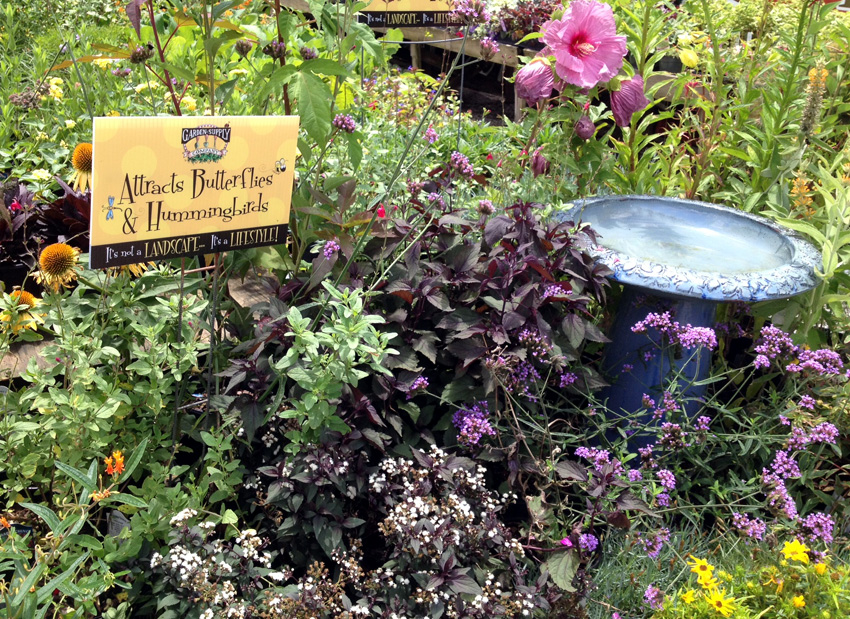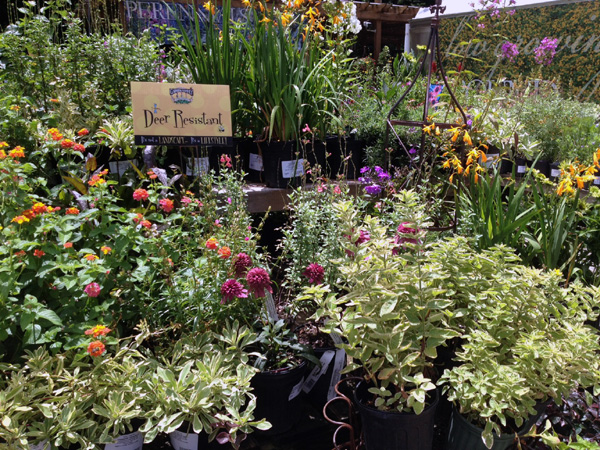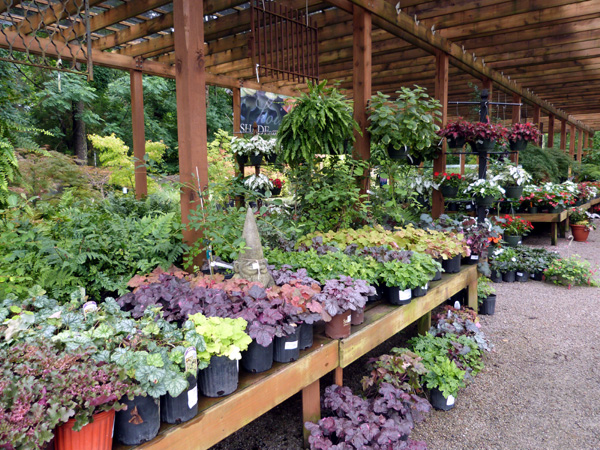It’s pumpkin time and there are just so many fun things you can do with a pumpkin! They are nutrient-rich, with lots of antioxidants and vitamins. One cup of pumpkin is less than 50 calories and provides a healthy dose of beta-carotene and fiber, so they are great for cooking with. Here are 5 cool ways to make use of a pumpkin:
Eat the seeds: Pumpkin seeds are incredibly healthy! They contain protein, magnesium, potassium and zinc. So, cut off the top of the pumpkin, scrape out the insides, and rinse off those seeds. You can roast them in the oven with a little olive oil and salt and they are a delicious and nutritious snack. Even if you don’t like to eat them, birds love dried pumpkin seeds, so put leftover seeds out as a treat for the birds.
Make pumpkin stock: The inside of the pumpkin has its uses too. Separate out the seeds and put the stringy pumpkin innards into a water-filled pot and bring to a boil. Let the mixture boil for about 30 minutes or until the water has changed color. Strain out any leftover pieces and now you have pumpkin stock! It is great for adding flavor to casseroles or soups. You can easily freeze for later use. If you don’t want to make pumpkin stock, birds also love pumpkin guts, so you can put that out for them as well as the dried seeds.
Cook pumpkin fries: A quick Google search brings up dozens of recipes for pumpkin fries. Making pumpkin fries is a fairly easy process: you simply need to peel the skin off and cut the pumpkin into strips. Spices can be added as you like, and then bake at 350 degrees for about 30 minutes. Here is a really easy recipe from Savy Naturalist: http://www.savynaturalista.com/2013/09/30/roasted-pumpkin-fries/.
Make pumpkin hummus: How about some yummy pumpkin hummus? Dreena Burton’s Plant-Powered Kitchen has an amazing recipe for pumpkin hummus: http://plantpoweredkitchen.com/pumpkin-hummus/. Pumpkin hummus is a fun appetizer for autumn parties!
Cook homemade pumpkin puree: If you’re interested in making your own pumpkin puree, which can then be used for any number of recipes, check out this guide from City Girl Farming: http://www.citygirlfarming.com/Recipes/ByVegetable/CookingPumpkin.html. She gives information on a couple different methods of creating your own pumpkin puree and it’s surprisingly not very difficult. Pumpkin puree is used in a ton of recipes, including pumpkin biscuits, pumpkin bread, pumpkin soup, and even pumpkin cocktails.
And here’s a bonus tip in case you have flowers that you’d like to do something fun with:
Create a flower vase: Use a pumpkin as a festive flower vase. Cut off the top and remove the innards as you would for carving, but then place a container inside. Fill that container with water and flowers and you have a fun, one-of-a-kind vase!
We have pumpkins, so stop in and see us! Our friendly staff can get you set up for all your fall pumpkin and plant needs.
